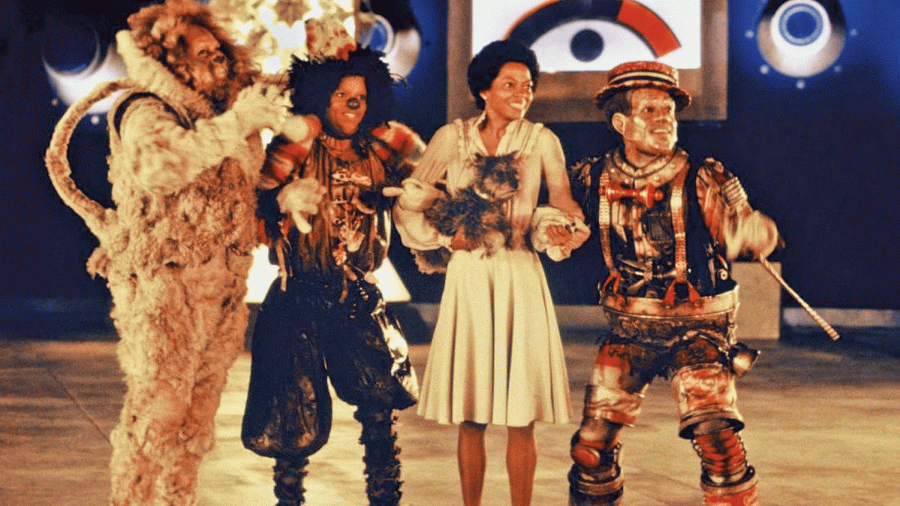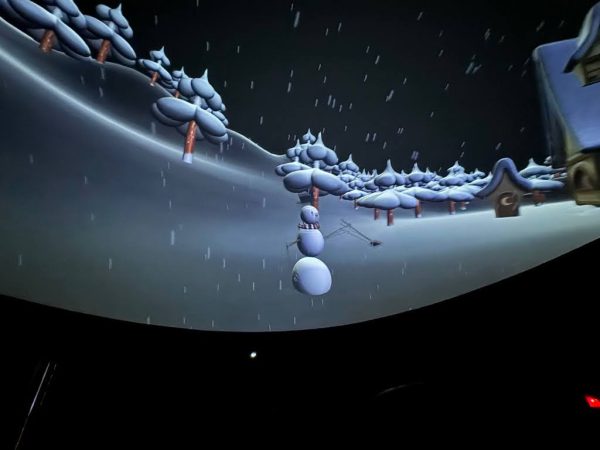The Wiz Challenges a Traditional Narrative
The Africana, Latin, Asian and Native American Cultural Center put on a movie screening of The Wiz (1978) in Love Auditorium located in Olin Hall on Friday, January 26. The event was hosted as part of Colgate’s Reverend Dr. Martin Luther King Jr. Week, that aims to celebrate the legacy of the Reverend and continue the dialogue about racial struggles within America today. The event was coordinated with the help of first-year Jaritza Núñez and sophomore Braulio Cappas.
Many of us are familiar with the plot of The Wizard of Oz. Dorothy and her dog Toto get transported into the magical land of Oz and begin a quest to find their way back home. The Wiz takes this plot and adapts it specifically toward the African American experience. Dorothy, played by Diana Ross, is a young grade school teacher who lives with her family in Harlem, New York City. The entire movie takes place in an urban environment with run down infrastructure. Dorothy first finds the Scarecrow, played by Michael Jackson, surrounded by crows who claim they are the only ones who can educate him. This scene harkens back to the Jim Crow era where the Scarecrow is prevented from educating himself or thinking for himself beyond what the crows want him to think. The imagery of the struggles of African American populations is very prevalent throughout the film. This idea is also evident when Dorothy is taken as a prisoner in the sweatshop of Evillene, the Wicked Witch of the East, played by Mabel King. Her sweatshop workers are depicted in non-human forms and are beaten with whips, indicative of the frustrating experiences African Americans faced at the time. It is not until the witch dies that these workers, or Winkies, can shed their inhuman form and emerge anew.
The Wiz contains an entirely black cast which gives voice to those who are oftentimes under-represented on the screen. By making black voices the focal point of the film, viewers must shift their perspective and open their minds to a different spectatorship of a classic film from 1939. The story originally geared towards a predominantly white audience is flipped and challenges viewers to think about a new narrative, one that was not present in The Wizard of Oz. Colgate students have access to events that allow them to have new experiences, and expose them to a variety of perspectives.
Contact Alex Weimer at [email protected].






